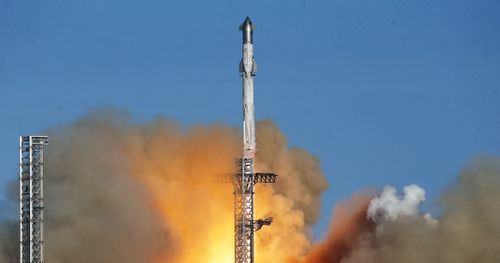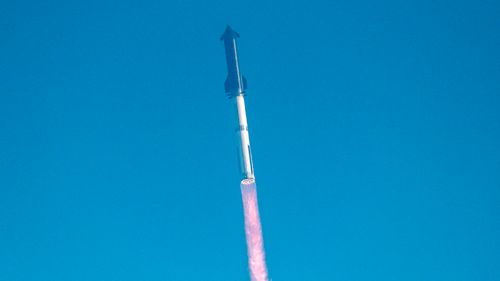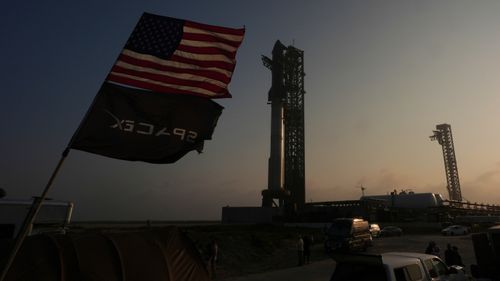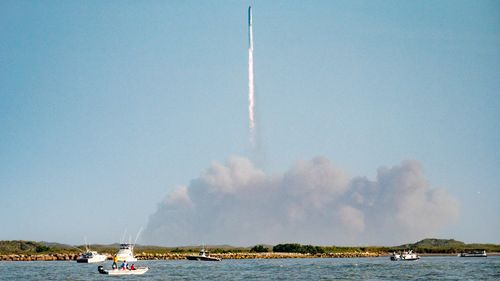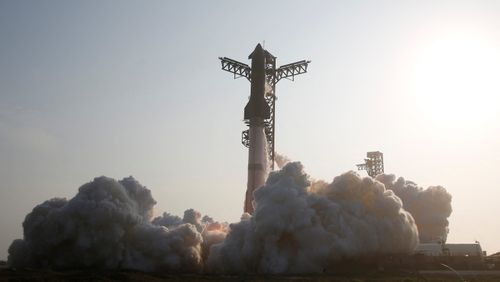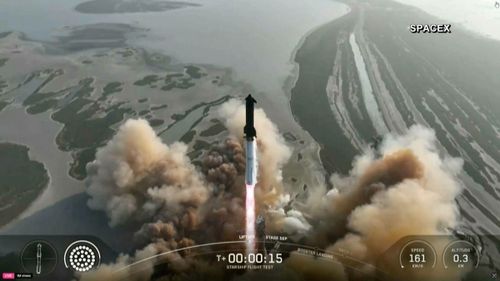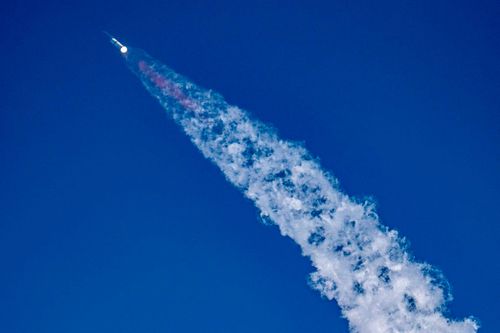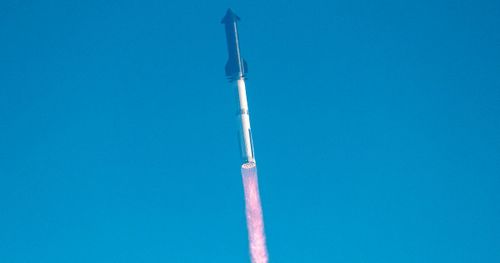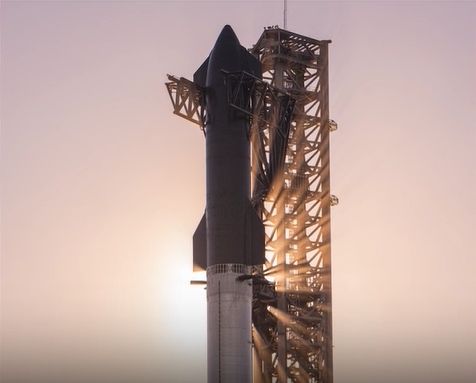Starship Flight 9: Some Success and Some Failure
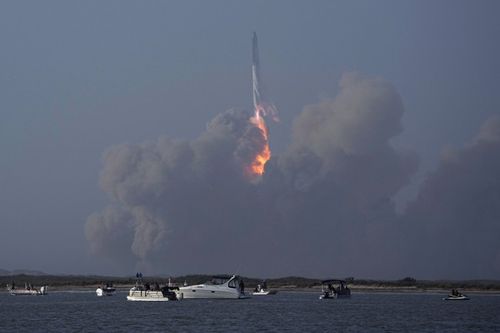

Liftoff of SpaceX's ninth flight test of its Starship vehicle happened just after 7:35 p.m. ET from SpaceX's Starbase headquarters in Boca Chica, Texas. Starship managed to reach its scheduled ship engine cutoff before disassembling, according to an X post from SpaceX Musk, who called the flight test a "big improvement" from the last one. "Leaks caused loss of main tank pressure during the coast and re-entry phase. Lot of good data to review. Launch cadence for next 3 flights will be faster, at approximately 1 every 3 to 4 weeks," he wrote.
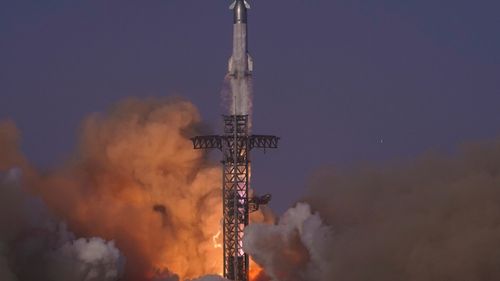
The 403-foot (123-meter) rocket blasted off on its ninth demo from Starbase, SpaceX’s launch site at the southern tip of Texas. Residents voted this month to organize as an official city. CEO Elon Musk ‘s SpaceX hoped to release a series of mock satellites following liftoff, but that got nixed because the door failed to open all the way. Then the spacecraft began spinning as it skimmed space toward an uncontrolled landing in the Indian Ocean. SpaceX later confirmed that the spacecraft experienced “a rapid unscheduled disassembly,” or burst apart. “Teams will continue to review data and work toward our next flight test,” the company said in an online statement. Musk noted in a post on X it was a “big improvement” from the two previous demos, which ended in flaming debris over the Atlantic.
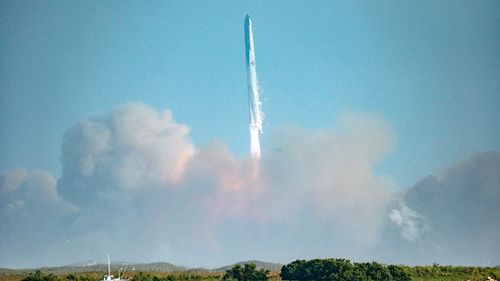
Shortly after reaching space, the booster stage, critical for the spacecraft’s reentry, was lost during its return to the atmosphere. Additionally, the payload door failed to open during the flight. Remaining parts of the ship which do not disintegrate from the heat of reentry landed in the Indian Ocean, according to the company. This marks another setback for SpaceX's Starship program, which has faced challenges in previous tests. SpaceX has previously experienced issues with the Starship system, including an aborted flight earlier this year in April. In a statement following the incident shared via X, SpaceX acknowledged the failure and emphasized the importance of learning from each test. "With a test like this, success comes from what we learn, and today’s test will help us improve Starship’s reliability as SpaceX seeks to make life multiplanetary," the company said.

